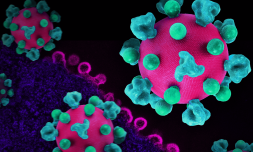According to the UNAIDS, sub-Saharan Africa remains the most vulnerable to continuous new HIV infections among young people from 15 – 24 years.
Despite efforts made by international bodies and governments to control HIV infections, the Covid-19 pandemic has slowed progress significantly.
Last month, The UNAIDS warned the world could face 7.7 million AIDS related deaths in a 10-year period. Usual prevention and treatment services were hugely disrupted by the pandemic, putting lives of the infected at a greater risk of serious illness or death compared to normal times.
HIV in Africa affecting young people particularly
In sub-Saharan Africa, young people remain most vulnerable.
According to the UNAIDS, it is estimated that six in seven new HIV infections are recorded by young women. The East and Southern Africa regions are the most affected, having the highest number of people living with HIV – more than 21 million.
Countries such as Eswatini, Botswana, and Lesotho have the highest prevalence of HIV, with Eswatini accounting for over 26% of cases as of 2020. Additionally, West and Central Africa could have a rise in infections and deaths in the coming years as indicated by UNAIDS.
In Kenya, a recent report indicated that approximately 88 HIV new infections took place per day. The infections were attributed to low condom use and low abstinence adherence.
Despite various abstinence and educational campaigns by different organizations, especially for ages 15-24 years, the infection rate is likely to continue to rise, according to experts.



















